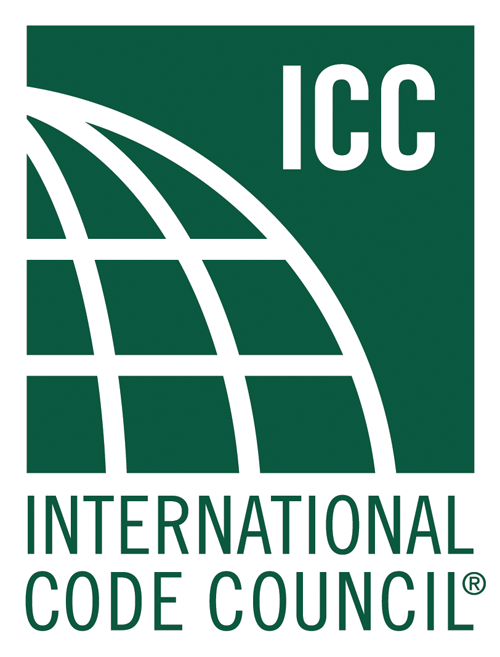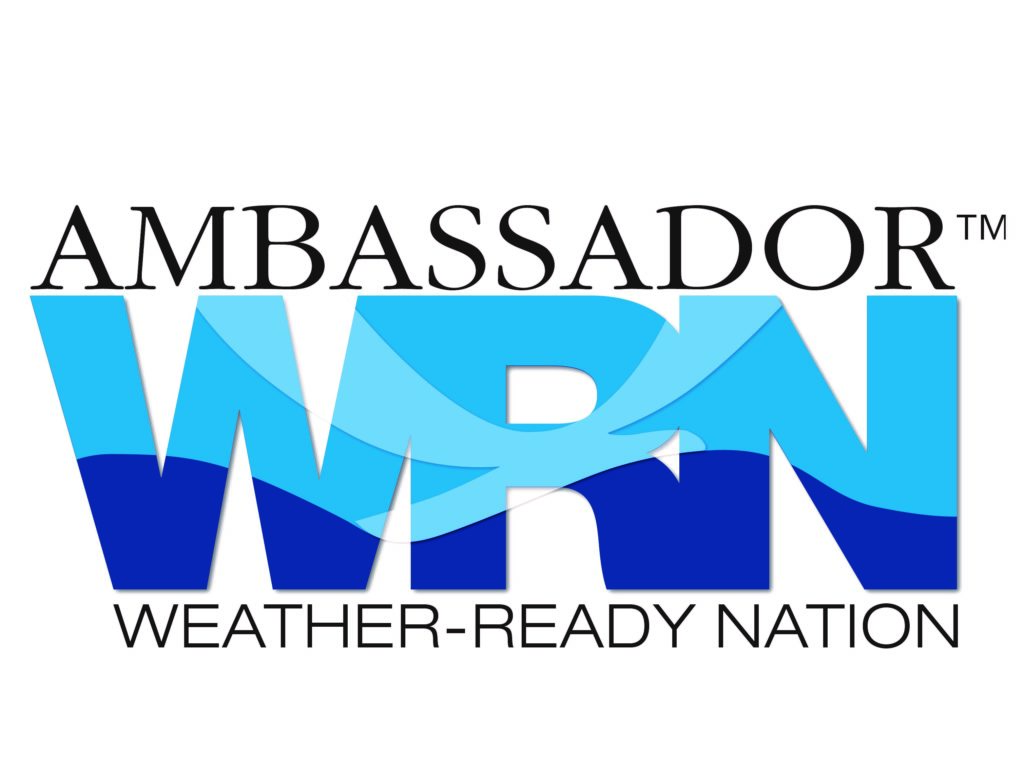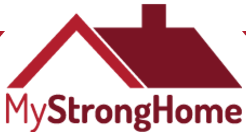Here is a very informative piece on building codes and how they are supposed to protect you and your community. But remember building codes specify the minimum requirements to adequately safeguard the health, safety and welfare of occupants. Give us a call at (888) 964-8776 and let us share with you the FORTIFIED Home program which will give you and your family piece of mind during major storm events.
A structure that is not built to code can be a danger to everyone in the community, most importantly your family. But, first what exactly are building codes?
Building codes are adopted to keep those who inhabit any structure safe. Additionally, building to current codes can protect your largest investment; your home. A structure that is not built to code can be a danger to everyone in the community, most importantly your family. But, first what exactly are building codes? According to FEMA, “Building codes are sets of regulations governing the design, construction, alteration and maintenance of structures. They specify the minimum requirements to adequately safeguard the health, safety and welfare of building occupants.” In other words, building codes are the minimum requirement to protect the people living in the home.
There are several standardized building codes maintained by the International Code Council (ICC). We’ll focus on those most familiar to home and business owners. The first is International Building Code (IBC), which is used for almost any type of new building. Next, the International Residential Code (IRC), applies to new one and two-family dwellings and townhouses no more than three stories in height. Finally, the International Existing Building Code (IEBC) applies to repairs, additions, or changes in occupancy made to an existing structure. You can find the most up-to-date Building Codes on the International Code Council website. You can find your community’s building codes by contacting your local building and/or planning department. These may be found on your community’s website on the building and/or planning department page.
There are building standards that go above and beyond the minimum, standard code. Again, local building codes are the minimum to protect those living in the house so you have time to escape a disaster. However, these codes are not meant to protect all your possessions inside of the home and sometimes are not enough to prevent major home damage from particularly powerful disasters. A good “code-plus” option is FORTIFIED Home™, which safeguards your home investment and everything in it. FORTIFIED is proven to prevent up to 50% of the damage loss sustained during hurricanes, hail storms and from high winds.
Standard codes are adopted by community jurisdictions every 6 years on average, however many areas may not enforce codes. So making sure your home is up to code may fall on you as a homeowner. Additionally, codes are updated, but homes may not be constantly rebuilt to those new standards. So it is very possible that a home adheres to an outdated building code instead of the most recent version.To know which building code is currently enforced within your community, check with local code or planning department officials.
Posted on Thursday, September 6th 2018








